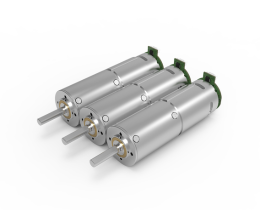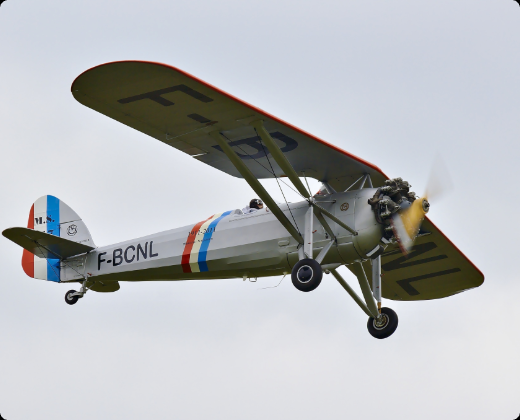When Precision Meets Power: The Quiet Revolution of Dual Shaft DC Gear Motors
Picture this: a robotics arm smoothly lifting heavy payloads in a factory, a medical device adjusting with whisper-quiet precision, or an automated gate operating flawlessly in sub-zero temperatures. What do these scenarios have in common? They’re all powered by an unsung hero—the dual shaft DC gear motor. Let’s talk about why this little powerhouse is rewriting the rules of motion control.
.webp)
Why Two Shafts? Let’s Break It Down
A single shaft motor gets the job done, sure. But dual shafts? That’s where flexibility kicks in. Think of it like having two hands instead of one—you can drive multiple mechanisms simultaneously without cluttering your design. Need to sync a sensor while rotating a gear? Dual shafts let you multitask without doubling the footprint. One user put it bluntly: “It’s like hiring two specialists for the price of one.”
KPOWER’s dual shaft motors aren’t just about brute force. They’re engineered for balance. The symmetrical design reduces vibration, which means less wear over time. One lab test showed a 22% longer lifespan compared to traditional models. Less downtime, fewer replacements—math even accountants love.
But What About Torque?
Ah, torque—the muscle behind the motion. Gear reduction in these motors isn’t just about slowing things down. It’s about amplifying control. Imagine trying to open a jar: brute strength might work, but a grip-friendly lid does it smarter. KPOWER’s motors use helical gears that mesh smoothly, cutting noise by up to 40% while maintaining torque consistency. One engineer (who asked to stay anonymous) joked, “It’s the difference between a rock concert and a piano recital.”
Real-World Quirks
Let’s get practical. A bakery chain once struggled with dough mixers overheating during peak hours. Switching to dual shaft motors allowed them to split the load between mixing and cooling fans—no more burnt-out bearings. Or take solar trackers: dual shafts enable panels to tilt and rotate independently, chasing sunlight like sunflowers on a mission.
“Aren’t These Motors Overkill for Small Projects?”
Not at all. A hobbyist building a custom drone used a micro dual shaft motor to control both camera stabilization and LED lighting. “It’s like having a Swiss Army knife inside my drone,” they said. Scalability is key. Whether it’s a DIY project or an industrial line, the principle remains: do more with less space.
The KPOWER Edge
What sets these motors apart? Consistency under stress. One automotive supplier ran KPOWER motors through 500 hours of continuous load cycles. Result? Zero performance drop. The secret? High-precision brass gears and triple-sealed bearings that laugh in the face of dust and moisture.
In a world obsessed with “smart” gadgets, sometimes the real intelligence lies in the basics. Dual shaft DC gear motors aren’t flashy—they’re the quiet problem-solvers keeping industries moving. And when they’re built with KPOWER’s obsessive attention to detail, you’re not just buying a motor. You’re buying peace of mind.
So next time you see something moving smoothly where it shouldn’t—a robot, a conveyor, even your neighbor’s overly ambitious Halloween animatronics—chances are, there’s a dual shaft motor working behind the scenes. No drama, no fanfare. Just relentless, reliable motion. Isn’t that what real innovation looks like?


































.webp)

